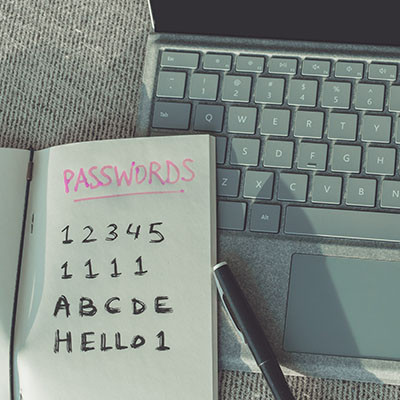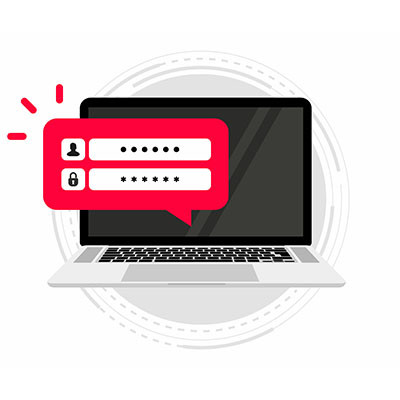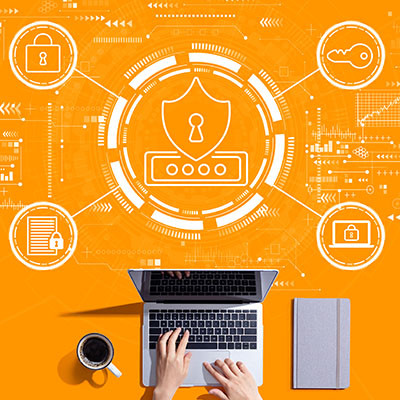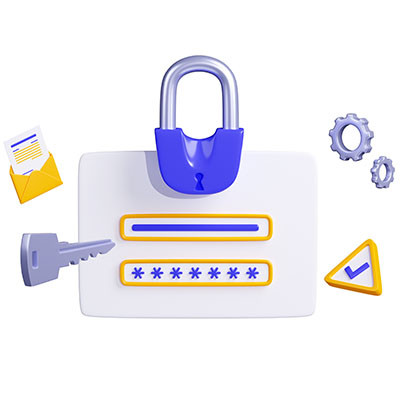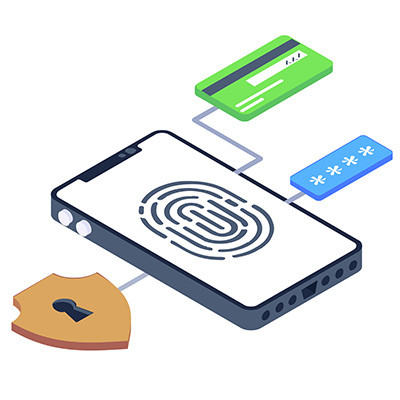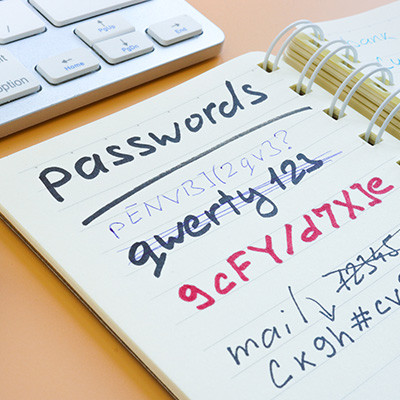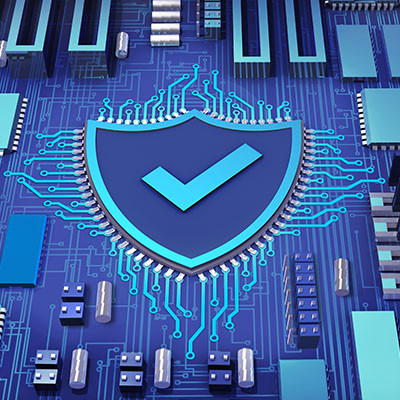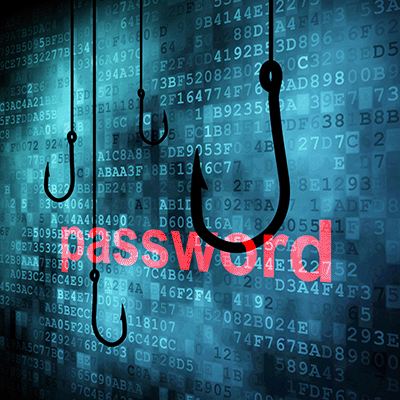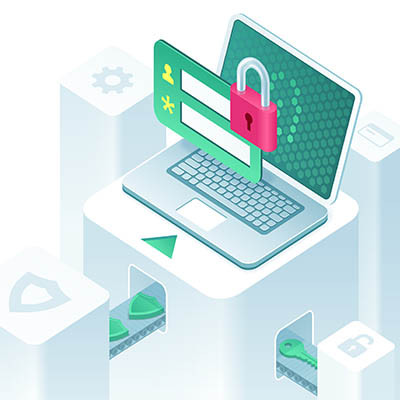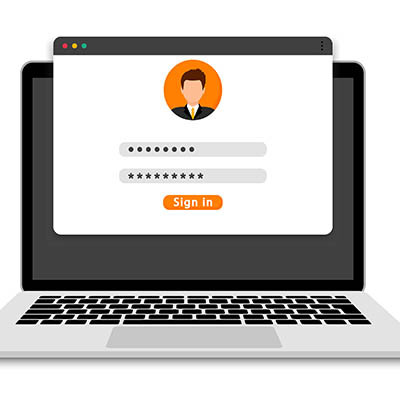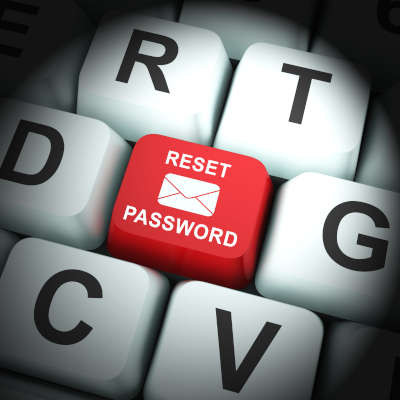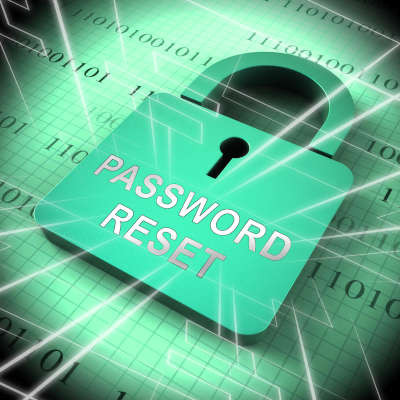In business today, technology plays a big role. Unfortunately, by using technology, each individual has to make security considerations. This is because there are more cyberattacks today than ever before. To keep business rolling effectively, today’s workers must carefully consider and understand their role in their organization’s cybersecurity initiatives. In today’s blog, we look at four ways they can do just that.
Global Tech Solutions Blog
Passwords are the most used account security apparatus. As such, it’s essential that everyone connected to your organization has your overall cybersecurity in mind and knows exactly how to secure the accounts they use. In today’s blog, we’ll look at some common passwords that don’t accomplish their stated purpose very well and how to change that.
Password management can be challenging for both businesses and individuals, but it doesn't have to be as difficult as it seems. With the increasing threat of cybersecurity attacks, relying on a single password is no longer sufficient. Instead, you need to use complex passwords stored in a password manager, which simplifies the process of remembering them.
The password is the number one data protection strategy used in computing. It’s strange, however, how many times a weak password is the cause of data breaches and other situations that can hurt a business. In today’s blog, we go through some of the best password creation tips that will allow you to better secure your individual and business data.
Many web browsers, like Google Chrome, have features that allow for convenient password-keeping, but at the cost of considerable cybersecurity risks. We recommend that all businesses utilize a password management tool, but preferably not one that is built into a web browser. Why? We’re glad you asked!
When it comes to your business’ cybersecurity, passwords are a pretty critical part of the system. This means that making sure they are secure is just as critical…however, that is not to say that this is easy. We, however, wanted to make sure that creating sufficiently secure passwords for all of your accounts is a far simpler prospect by the time we’re finished here.
Passwords, as annoying as they are sometimes, are the front line of defense to almost every account and profile your business depends on. That doesn’t stop security professionals from trying to develop better strategies to secure digital systems. Some of the biggest names in tech are searching for ways to forge ahead passwordless. Let’s take a look at one example that has drawn the attention of the tech community.
Passwords used to be the law of the land, but in a world where passwords are more at risk of threats than ever before, people have turned to passwordless solutions. In fact, one of the biggest tech companies out there—Google—recently took steps toward passwordless authentication which we think is pretty darn important.
Are you tired of hearing about the importance of secure passwords, two-factor authentication, and security updates?
We get it. All of these techno-nerds (ourselves included) have spent all of October and even the weeks leading up to it talking about the importance of cybersecurity, preaching the importance of things that, let’s face it, just get in the way of you getting work done. Thank goodness Cybersecurity Month is long over, and now we can all get back to being absolutely reckless with our data, right?
Businesses largely rely on their information systems and other technology tools, so you need to make sure they stay secure and far from the many threats out there. To this end, we recommend that you implement security systems that prioritize business continuity and data security. Let’s examine three ways you can keep your business’ IT safe and secure.
When we tell you that it’s a best practice to implement complex passwords for your business, do you know what exactly a complex password is? The truth of the matter is that secure passwords are a little confusing, and the standards continue to shift back and forth. Let’s examine some of the industry-standard best practices for implementing secure passwords and how your organization can go about doing so.
Passwords have been a staple in data security and user authentication for many, many years… to the point where the idea of using a password has become nearly synonymous with the concept of security. However, data has increasingly shown that alternative options are in fact more secure. Let’s examine some of these passwordless authentication methods, and their pros and cons.
You might wonder how it is possible that people can guess the passwords of others, but it turns out that it’s a bit easier than you might at first think. According to a new study, not only has a significant portion of the population tried to guess someone else’s password, but even more of them are successful in doing so. How can this be, and what can we learn from this trend?
Securing your digital platforms has to be a major point of emphasis for every business. For years, having a password was enough to keep unauthorized entities out of secured accounts. Those days are effectively over. With threats multiplying and getting more and more dangerous, companies have to do more to secure their IT. This month, we thought we’d take a look at some of the best practices in creating passwords and alternatives that can help you better protect your business’ technology.
Many organizations are pushing for two-factor authentication, and it is easy to see why. The benefits are so great and the risks so devastating (and unnecessary) that there is no good reason to not implement two-factor authentication. Let’s discuss what two-factor authentication is, why it matters, and how you can set it up for your Microsoft, Google, and Apple accounts.
Passwords are quite literally everywhere nowadays. With so much of modern life now controlled or held within user accounts, keeping your passwords both secure and straight in your head is crucial. Many web browsers now offer some built-in password management utility to help make this process more convenient for the user, but is this option available at the cost of security?
If you haven’t taken the time to go through and update your passwords lately, particularly the one protecting your Google account, you should do so… despite it undeniably being a pain. After all, Google serves various purposes and is attached to many accounts for most. Considering the number of data breaches and other cybersecurity issues this potentially contributes to, you will want to ensure your Google account is properly locked down.



